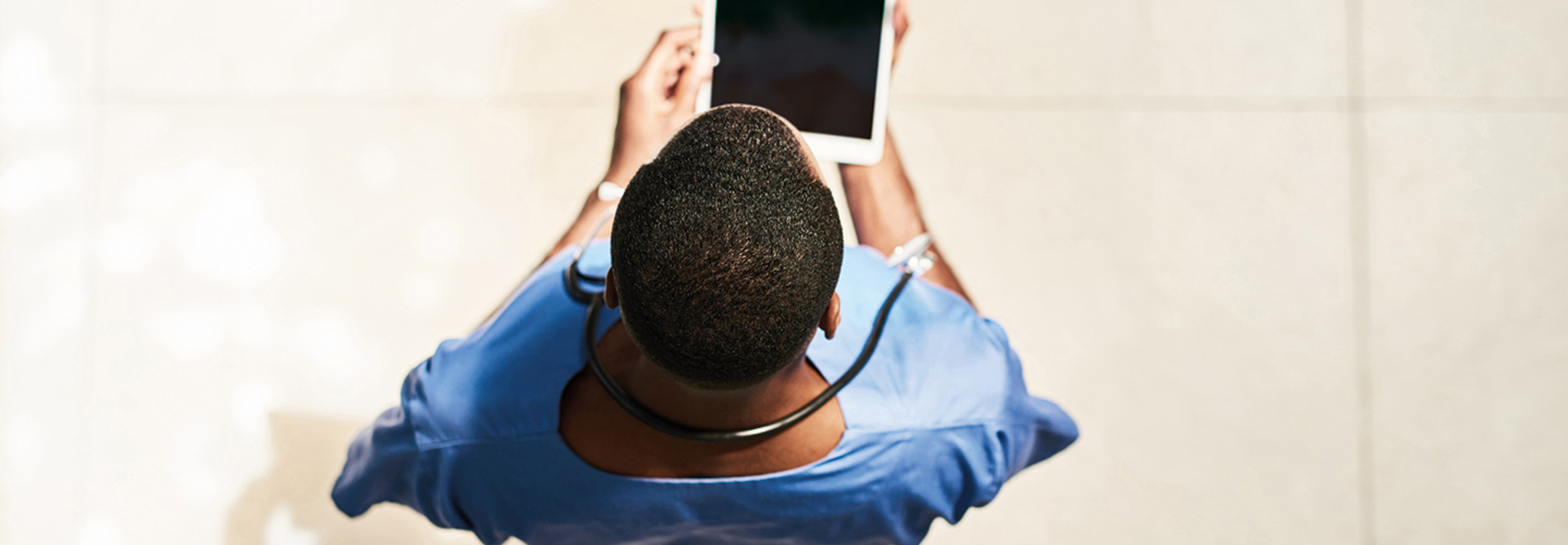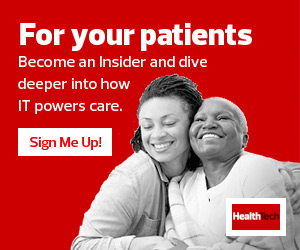“I think, connected to that, is ensuring there are individuals within healthcare organizations and health IT vendor organizations with informatics skills who can help do some of the work to articulate nursing workflows in a way that creates efficiencies,” says Tiase. “Not all nurses are experts in data management. We need individuals to do that work to support nurses on the front line.”
Providing nurses with smartphones or other mobile devices is another way to get data in nurses’ hands. Tiase says that making sure all nurses have access to devices will help them use the technology efficiently.
Robots in Nursing Save Time and Energy
Several types of robots are already being used to assist nurses in their jobs. A new mobile lifting robot can physically assist patients by lifting them from their beds. These robots can be used for transportation or rehabilitation. A nurse or assistant is always in the room to monitor the situation and help the patient feel safe, says Stokes.
Customer service robots, which have grown in popularity amid the pandemic, can greet patients, ask questions for triage purposes and help patients sign in. Some senior care centers have purchased companion robots to keep seniors company and provide comfort because nurses and clinicians can’t be everywhere at once. However, these robots can create some care challenges.
“People can become emotionally connected and reliant on the robot. A senior in trouble or not feeling well may rely on the companion instead of notifying a nurse,” says Stokes. “The robot provides support, but it’s important to make sure the reliance isn’t too heavy. Seniors need to express their needs to a nurse directly.”
Chatbots are another technology assisting patients and nurses. A bot’s algorithm can determine whether a patient’s symptoms warrant a conversation with a nurse. If the symptoms do not require escalation, the bot can handle the conversation, allowing nurses more time to care for critically ill patients.
MORE FROM HEALTHTECH: What does the future hold for robotic surgery?
Robots in Nursing Take on Fetching Tasks
Diligent Robotics Co-Founder and CEO Andrea Thomaz and Co-Founder and CTO Vivian Chu shadowed nurses and clinicians to identify ways in which robotics could be useful in healthcare settings.
“The thing we learned about nurses when we started shadowing them is that they are so selfless and will do anything for their patients,” says Thomaz. “We would never hear anyone complaining about the lower-level fetching and gathering tasks that fall on their plate. We realized some of those tasks can be automated. “
Diligent’s Moxi robot can handle point-to-point deliveries, saving nurses from spending time away from patients because they must run to a lab, pharmacy or supply closet.














